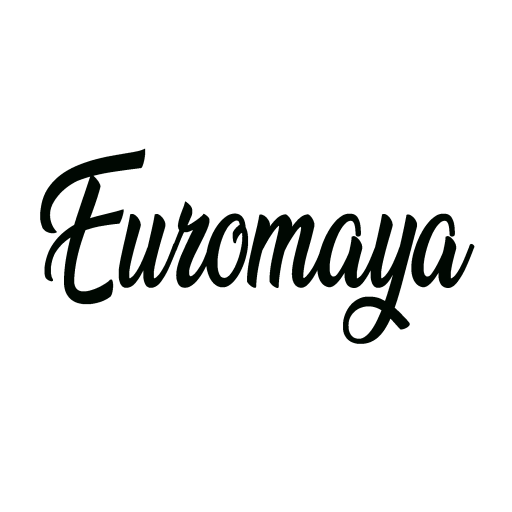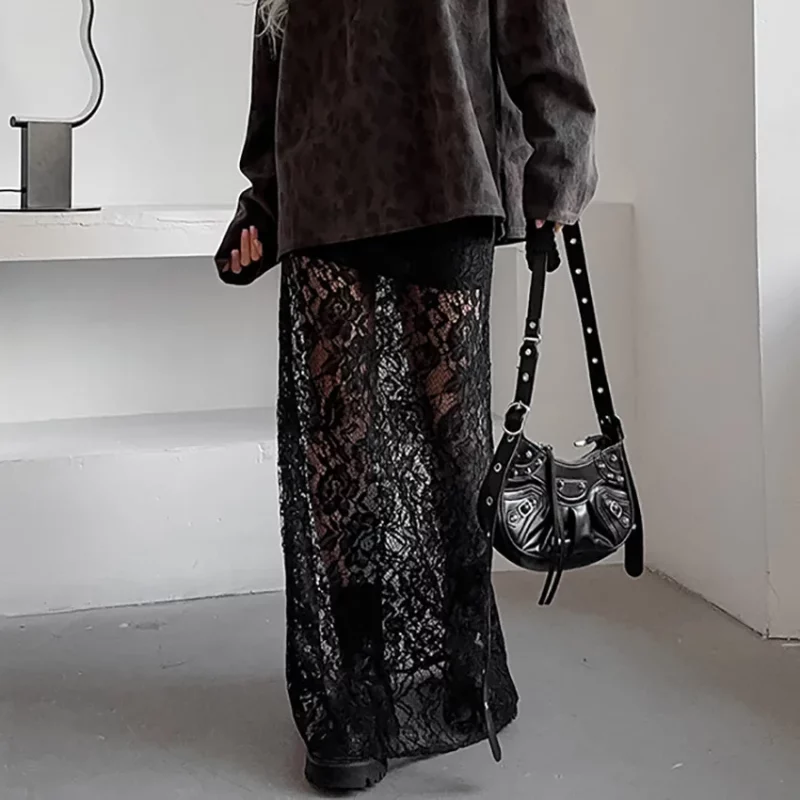Uncategorized
The History of European Skirt Fashion: From Vintage to Modern Trends
European skirt fashion has evolved significantly over the centuries, influencing global style with its blend of elegance, practicality, and innovation. From the flowing garments of the Renaissance to today’s chic, minimalist designs, skirts have always been a staple in women’s wardrobes. In this blog, we’ll take a journey through the history of European skirt fashion and explore how it has transformed into the modern trends we see today.
1. The Renaissance Era: The Birth of Full Skirts
During the Renaissance (14th–17th century), skirts were elaborate and voluminous, made from luxurious fabrics like silk and velvet. These skirts were often floor-length and featured heavy pleating, creating a dramatic silhouette. Noblewomen wore skirts as a symbol of wealth and status, often embellished with intricate embroidery or jewels.
Style takeaway:
Full skirts with luxurious fabrics continue to inspire modern fashion, particularly in formal wear and high fashion collections.
2. The Victorian Era: The Hoop and Crinoline Skirts
In the 19th century, European fashion saw the rise of the crinoline and hoop skirts. These skirts were designed to give women an exaggerated hourglass figure, with wide, structured skirts that flared out dramatically from the waist. While elegant, they were often cumbersome and restrictive. However, they set the stage for the evolution of tailored, structured skirt designs that followed.
Style takeaway:
While the extreme volume of Victorian skirts is no longer in vogue, the emphasis on structured silhouettes continues in modern A-line and flared skirts.
3. The 1920s: The Rise of the Flapper Skirt
The Roaring Twenties marked a major shift in women’s fashion, particularly in Europe. With women gaining more independence, skirts became shorter and more practical. The iconic flapper skirt, often knee-length with a straight silhouette, represented freedom and modernity. Lightweight fabrics like chiffon and silk allowed for movement and ease, reflecting the social changes of the time.
Style takeaway:
The flapper skirt paved the way for modern mini skirts and more relaxed, straight-line silhouettes that are still popular today.
4. The 1950s: The Hourglass Silhouette
The post-World War II era brought a return to femininity in fashion, and European skirts reflected this. The 1950s saw the popularity of full, knee-length skirts that accentuated the waist, creating an hourglass figure. Dior’s “New Look” in 1947, featuring full skirts paired with fitted tops, became a global trend that defined women’s fashion for the decade.
Style takeaway:
The full skirts of the 1950s continue to inspire modern designs, especially in retro and vintage collections that emphasize a feminine silhouette.
5. The 1960s: The Mini Skirt Revolution
One of the most significant moments in European fashion history was the introduction of the mini skirt in the 1960s. British designer Mary Quant is credited with popularizing this bold style, which challenged traditional norms and symbolized the youth and liberation movements of the time. The mini skirt quickly became a global trend, with women across Europe embracing this new sense of freedom and self-expression.
Style takeaway:
The mini skirt remains a fashion staple today, with countless variations in fabrics, patterns, and cuts.
6. The 1970s: Bohemian and Maxi Skirts
The 1970s ushered in the bohemian trend, heavily influenced by European and Eastern cultures. Maxi skirts, often made from flowing, lightweight fabrics with ethnic prints, became a symbol of the free-spirited, counterculture movement. These skirts offered comfort and a relaxed fit, marking a departure from the structured styles of previous decades.
Style takeaway:
Bohemian maxi skirts are still a favorite in modern fashion, offering a relaxed, easy-going aesthetic perfect for casual wear and festivals.
7. The 1990s and 2000s: Minimalism and Street Style
The 1990s brought a wave of minimalism to European fashion. Skirts became simpler, with straight cuts and neutral tones. The late 1990s and early 2000s also saw the rise of street style influences, with denim skirts and cargo skirts becoming popular among younger generations. European designers began blending high fashion with everyday wear, creating more versatile pieces.
Style takeaway:
Minimalist and street-style skirts continue to dominate modern collections, offering practical and versatile options for everyday wear.
8. Modern European Skirt Trends: A Fusion of Vintage and Contemporary
Today’s European skirt fashion is a blend of vintage influences and modern innovation. From high-waisted pencil skirts to flowy A-line skirts, European designers continue to push the boundaries of style while honoring traditional craftsmanship. Sustainability and eco-friendly materials have also become central to modern European fashion, with more designers focusing on ethical production.
Style takeaway:
Modern European skirts offer a balance between timeless elegance and contemporary trends, making them a versatile choice for women of all styles.


